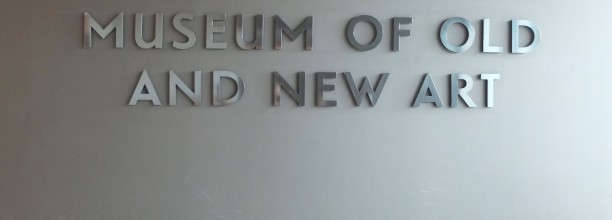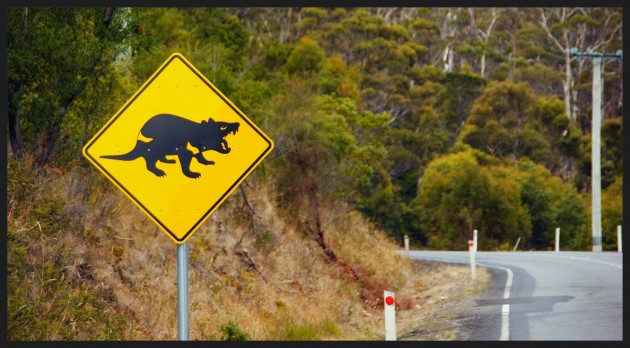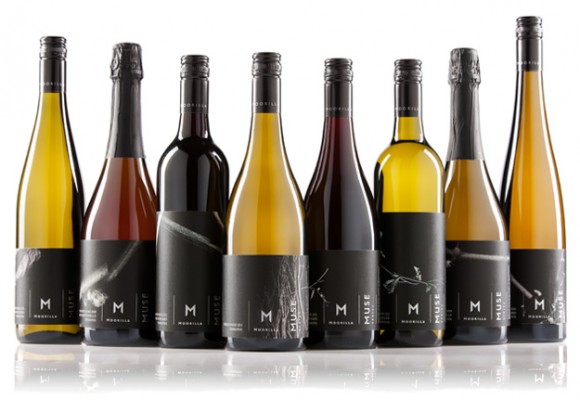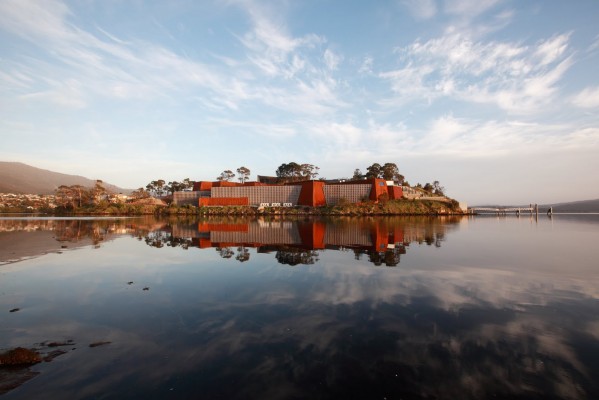
Tasmania is one of the most lightly populated, pristine, un-spoilt and beautiful food and wine regions on the planet, replete with thriving ancient forests, clean fresh air and pure, pristine waters.
Van Diemen’s Land was the original name given to the island by the Dutch explorer Abel Tasmen, in 1803 the island was colonized by the British as a penal colony, in 1856 the island was granted self-government and changed its name to Tasmania. Given its past the island has a somewhat infamous history however, today it is world famous for its unpolluted environment and the quality of its produce, including, apples, honey, oysters, salmon, abalone, beef, truffles, cheese and of course, its stunning wines.

Tasmania’s first vineyard was planted in 1823 by pardoned convict Bartholomew Broughton in New Town. This followed vineyards established by the early colonists in Sydney, New South Wales, which are now buried under high-rise buildings.
Vine cuttings in Tasmania produced the first recorded vines in the Hunter Valley in 1832 and the first vineyards in both Victoria and South Australia. So, Tasmania can legitimately claim to be the oldest producing wine region in the country!
War, global economic depression and the tyranny of distance ground the Tasmanian wine industry to a halt by the early part of the 1900’s until two European migrants planted vineyards in the 1950’s. The Wines of Claudio Alcorso at Moorilla Estate, near Hobart and Jean Miguet at Le Provence, (now Providore) near Launceston soon received critical acclaim for their elegance and finesse. Today, the Island of Tasmania boasts 240 vineyards across seven sub-regions.
Apart from the clean and green quality of the Tasmanian environment, the island’s cool climate has proved ideal for the production of elegant and complex table wines. In particular it has garnered a formidable reputation for sparkling wines, Pinot Noir, Chardonnay and more recently, Sauvignon Blanc and Pinot Gris.
One of the keys to the success of Tasmanian wines is its island climate, cooled by the strong ‘Roaring Forties’, winds that whip across the Indian Ocean. The cooler temperatures allow the grapes to enjoy a long, slow ripening period, retaining natural acidity and developing concentrated and complex flavours in the berry. Whilst the climate presents some problems for growers in years that the weather is less than ideal, the best vintages produce outstanding wines that must be tried by any wine lover.

My favourite Tasmanian winery has always been Moorilla estate, through a long association and friendship with former winemaker Julian Alcorso and former GM, Tim Goddard, in fact when I went to Tasmania I stayed on the Moorilla property, which was also the abode of long time industry colleague and friend Jared Dickinson. It is a dramatic and picturesque setting for a vineyard and winery, on a small isthmus that juts out into the Derwnet River, about 20 minutes’ drive out of Hobart. Today, the stunning property is owned by David Walsh who has also created one of the world’s most cherished and inspired art galleries there, MONA.

Links:
http://www.mona.net.au/
http://www.moorilla.com.au/
